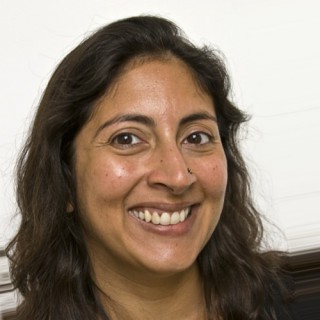The specimens, which were being held at Royal Botanic Gardens, Kew, in London, formed the private collection of Dr Greta Stevenson (1911 – 1990), a New Zealand botanist and mycologist renowned for describing many new species of Agaricales (gilled mushrooms). She and the collection moved to England where she completed her taxonomic work and prepared a five-part series on the Agaricales of New Zealand, published between 1962 and 1964.
As the team opened the boxes and started a preliminary sorting of the contents, the true value of the collection started to emerge. The specimens are old, with most collected between 1940 and 1960. Despite their age, it appears that most have been immaculately preserved, from fungal parasites complete with insect hosts to a Russula collected in 1949 with its pink and orange colours still apparent. The locations noted on the collection cards show a strong focus on the Wellington region, where Greta lived and worked for a long time, but also a surprising breadth of representation across New Zealand. This will give researchers new knowledge of past landscapes.
Another snapshot the collection provides is one of social landscape. The specimen labels identify a mix of collectors. Several of the collectors’ names are well known to the Fungarium team – Marie Taylor, Lucy Moore, and AP Druce. Others are unknown to the team or appear to be collected by students in classes that Greta taught.
The next step for the team is to record a catalogue of the specimens and the other material in the collection, which include original paintings and notes by Greta and others. They will then be rewrapped into archival packaging and added to the national collection.
“Once they’re available online, people will be able to request them for research and for things like species revisions,” says Dr Maj Padamsee, curator of the New Zealand Fungarium. “The possibilities are endless.”






